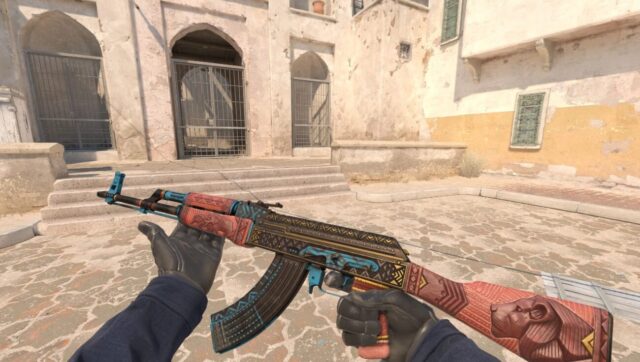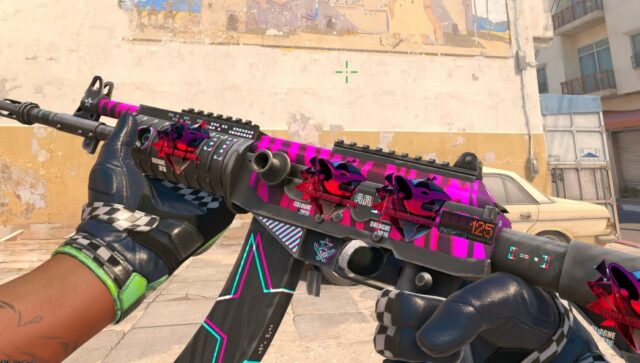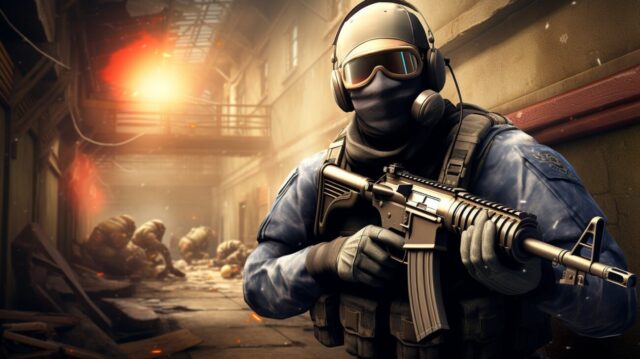
In the world of Counter-Strike: Global Offensive (CSGO), a game renowned for its competitive intensity, there exists a parallel universe where firepower takes a backseat to style – the universe of CSGO skins. These digital cosmetic items, which can alter the appearance of weapons, have become an integral part of the gaming experience.
They’re more than just aesthetics; they represent prestige, status, and an unspoken code of rarity. In this blog post, we delve into the CS2 Skin Dilemma, exploring the seismic changes brought about by the CS2 update and its impact on cherished skins.
The CS2 Update
CSGO is no stranger to updates, but the CS2 update stands out as a game-changer, quite literally. Released by Valve, this update brought significant alterations to gameplay mechanics, including recoil patterns and weapon balancing.
However, the spotlight here is on how these changes reverberated through the world of CSGO items. Skins, which once dazzled with vibrant colors and unique patterns, were suddenly subjected to new textures and appearances. The outcome?
Skin Rarity and Value
The CSGO skin ecosystem thrives on rarity. Skins are categorized into various levels of rarity, from Consumer Grade to Covert. The rarer the skin, the more coveted it becomes, often translating into higher real-world value.
With the CS2 update, the balance of rarity was reset. Skins that were once common gained newfound rarity, while others plummeted in value. The crimson Doppler knife, once a symbol of exclusivity, was suddenly more accessible, leaving collectors and traders alike recalculating their inventory’s worth.

The Steam Market
The Steam Market serves as the epicenter of CSGO skin trading, offering players a platform to buy, sell, and trade CS2 skins. However, the CS2 update brought changes that sent shockwaves through the market. To combat skin fraud and money laundering, Valve introduced restrictions on trading.
Now, skins must undergo a seven-day trade hold, making instantaneous transactions a relic of the past. The market dynamics were further impacted as new items introduced by the CS2 update flooded the scene.
Community Reactions
The CSGO community is not known for staying silent, and the CS2 update was no exception. The update elicited a cacophony of reactions, ranging from fervent support to vehement opposition. Players took to forums, social media, and in-game chats to voice their concerns and opinions.
Some celebrated the changes, heralding a more balanced gameplay experience, while others mourned the loss of their beloved skins’ uniqueness. The CS2 update sparked passionate debates, revealing the diverse perspectives within the CSGO community and raising questions about the direction of the game.

Strategies for Skin Owners
For CSGO players who found themselves holding items affected by the CS2 update, the situation demanded strategic thinking. The key question: trade, sell, or hold? Seasoned traders and collectors weighed their options carefully, assessing the new rarity levels and market trends. Some opted to cash in on the volatility, selling their transformed skins for profit, while others chose to retain their assets, banking on potential future appreciation.
Future of CSGO Skins
The CS2 update is a milestone, but the story is far from over. The future of CSGO skins remains a subject of speculation and intrigue. Will the market stabilize, or will it continue to fluctuate as players adapt to the changes? Can skins that lost their luster find new value in the eyes of collectors? As CSGO evolves, so too will the items. What remains certain is that skins will continue to be an integral part of the CSGO experience, evolving alongside the game itself.







